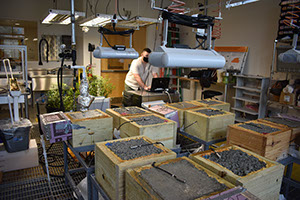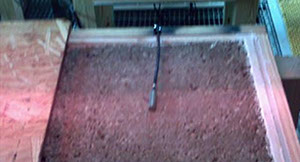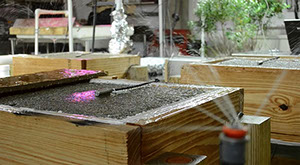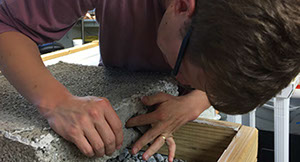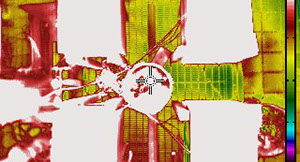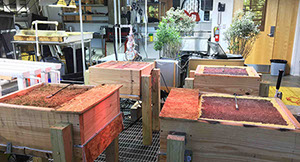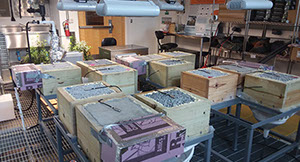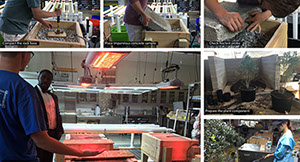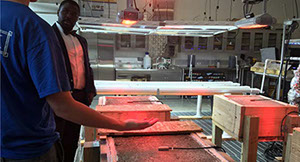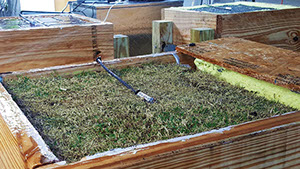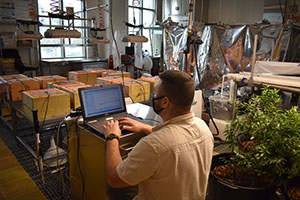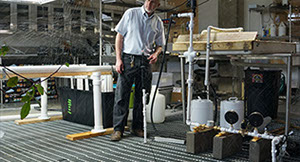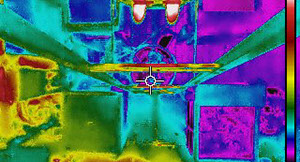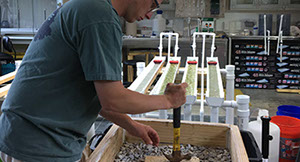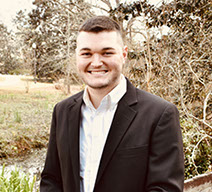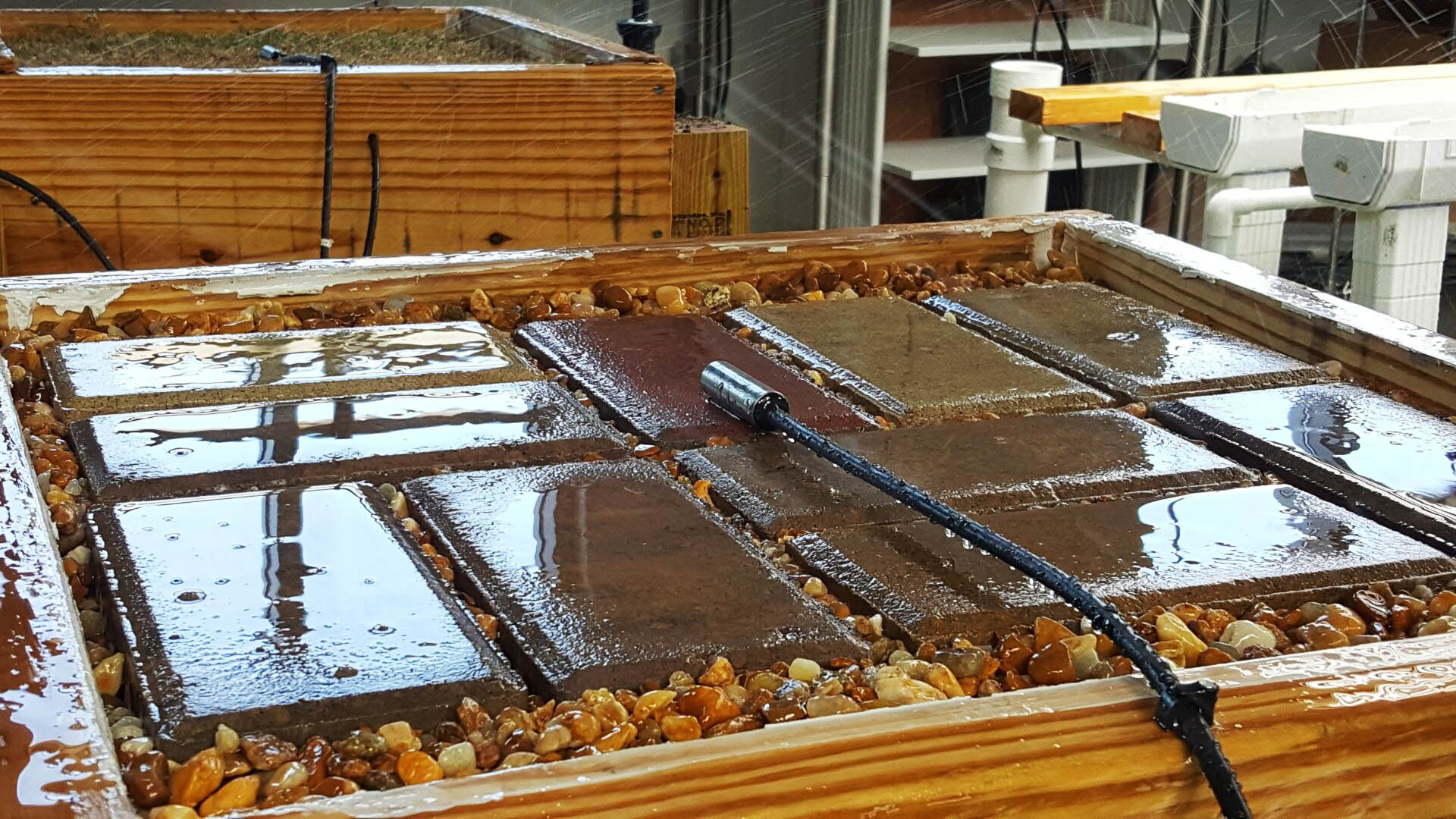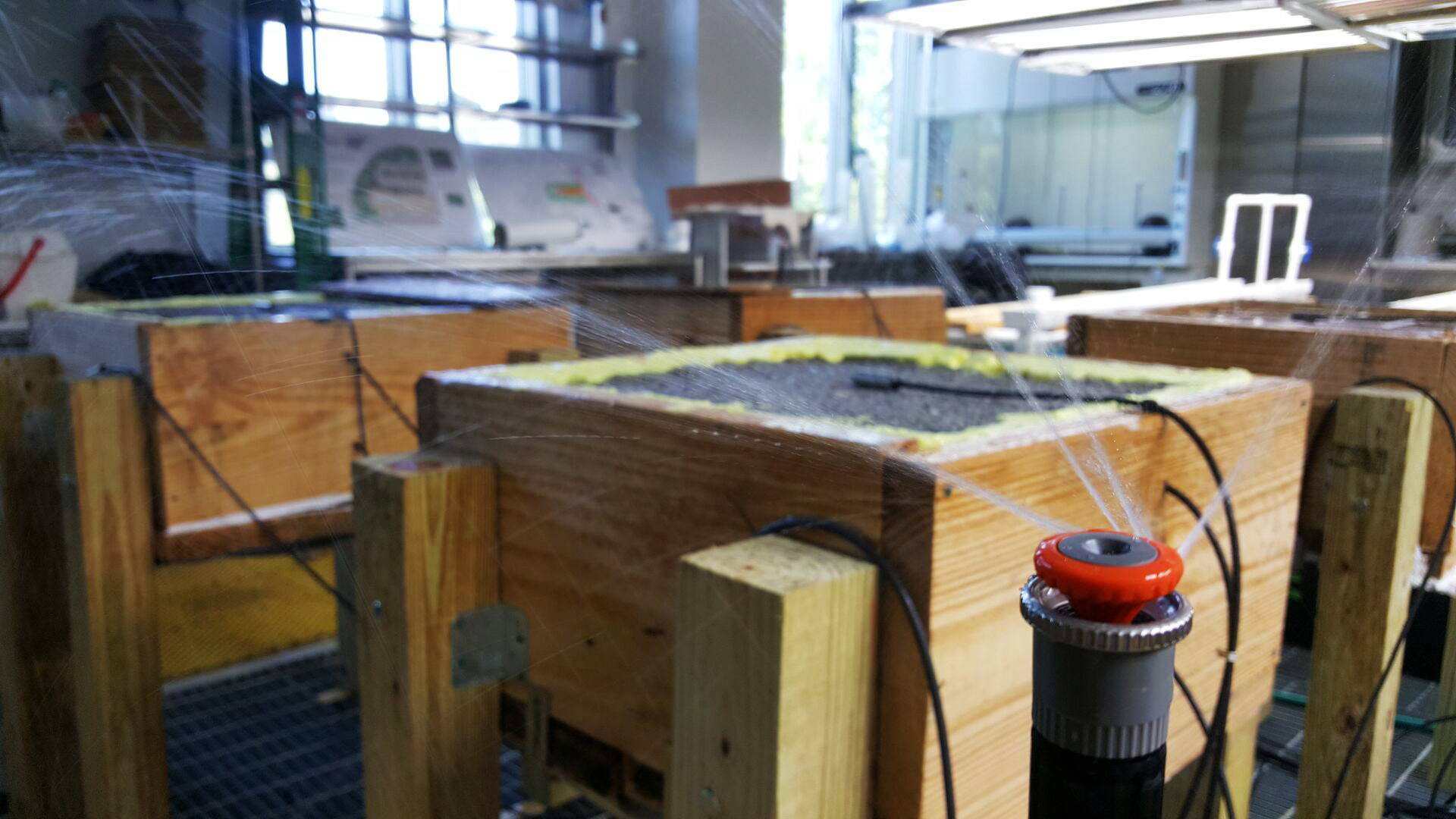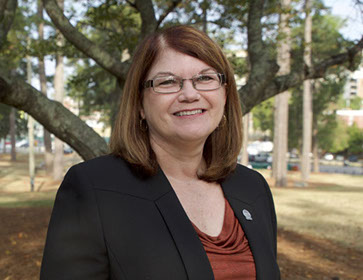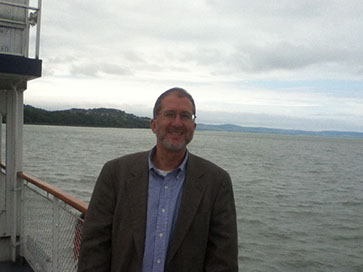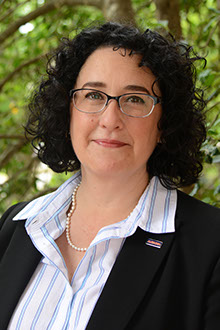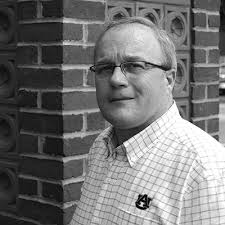


Charlene LeBleu, FCELA, FASLA, AICP, is a Professor of Landscape Architecture in the School of Architecture, Planning & Landscape Architecture at Auburn University, Auburn, Alabama. Her primary areas of interest and research have been focused on coastal planning and design, and water quality issues, especially issues related to low impact development design. She is a member of the American Institute of Certified Planners (AICP), a Fellow of the Council of Educators in Landscape Architecture (CELA) and a Fellow of the American Society of Landscape Architects (ASLA). She has a B.S. Forest Resources and Conservation from the University of Florida, and a Master of Landscape Architecture, and a Master of Community Planning from Auburn University.
Mark D. is a Professional Engineer in Alabama and three other states. He obtained a BS Agricultural Engineering from Texas Tech, 1990 and MS Biosystems and PhD Civil Engineering from Virginia Tech in 1995 and 2004. Dr. Dougherty also holds a BS Geography from Clarion University in Pennsylvania (1978). Dr. Dougherty teaches and conducts research in land and water resources and has expertise in fluid mechanics, hydraulics, and civil site design of water and wastewater systems. Specific areas of interest include the use of remotely sensed imagery, mapping software, and field scale modeling to monitor and manage land development for water source protection and supply. Dr. Dougherty currently teaches two irrigation courses, a site design course, and co-teaches the Biosystems Engineering Senior Design Capstone course. In addition to active research in erosion and sediment control, he is interested in sustainable designs such as low impact development, rainwater harvesting, and reclamation of wastewater streams for nonpotable use. Dr. Dougherty sees sustainable development as one of the most challenging areas facing today’s societies.
Amy Wright is the Associate Dean for Instruction and the Harry G. Ponder Professor of Horticulture in the College of Agriculture. She has been on the faculty at Auburn University since 2002. Her research emphasis is sustainable landscape horticulture, and she has worked with native plant use in rain gardens, greywater reuse for irrigation, and greenroof plant establishment. She has a B.S. in Chemistry and a M.S. in Horticulture from Virginia Tech and a Ph.D. in Horticultural Science from North Carolina State University.
Keith Rahn, is an Associate Professor of Building Science, in the McWhorter School of Building Science at Auburn University, Auburn, Alabama. His primary areas of interest and research have been focused on the study of heat transfer from different types of pavement to stormwater. He is a member of the American Society of heating, Air Conditioning and Refrigeration Engineers, and has served as Vice-President in the International Executive Committee of Sigma Lambda Chi Construction Honor Society. Rahn has a Bachelor of Industrial Technology Education and a Master of Industrial Technology Education from Ball State University, Muncie, Indiana.

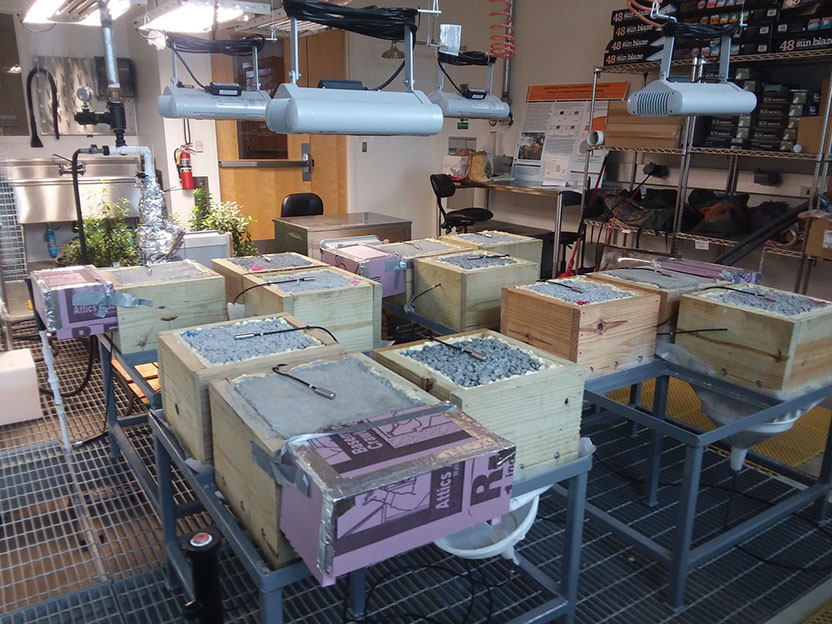
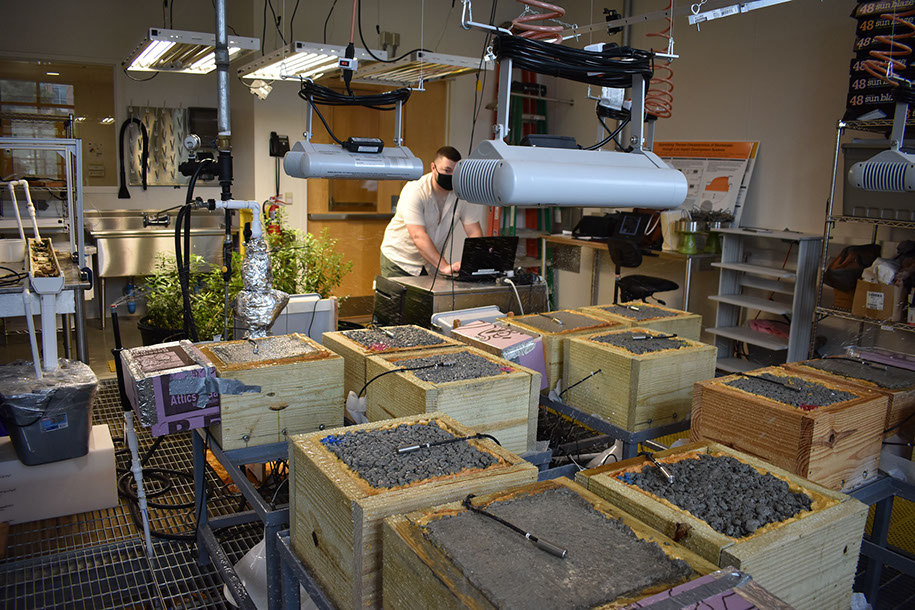
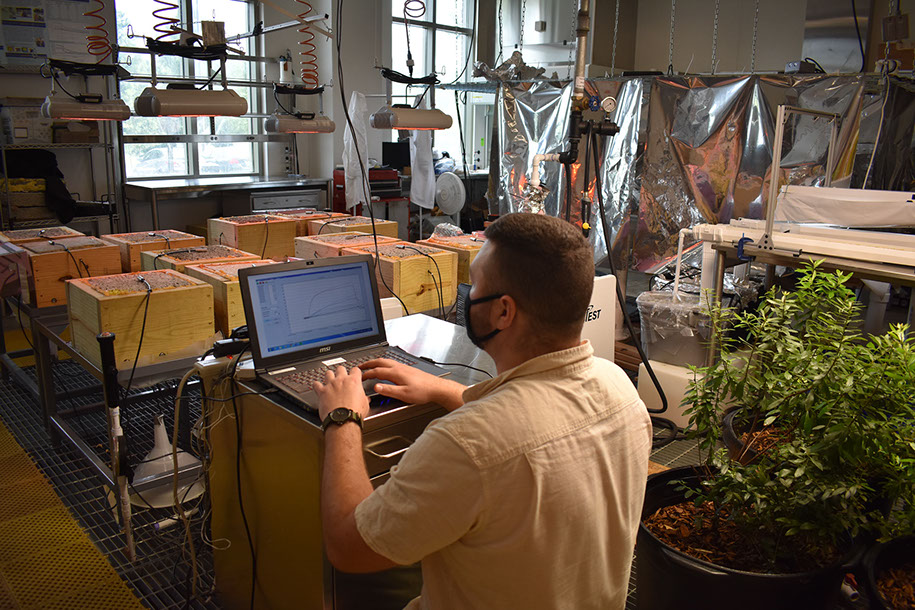
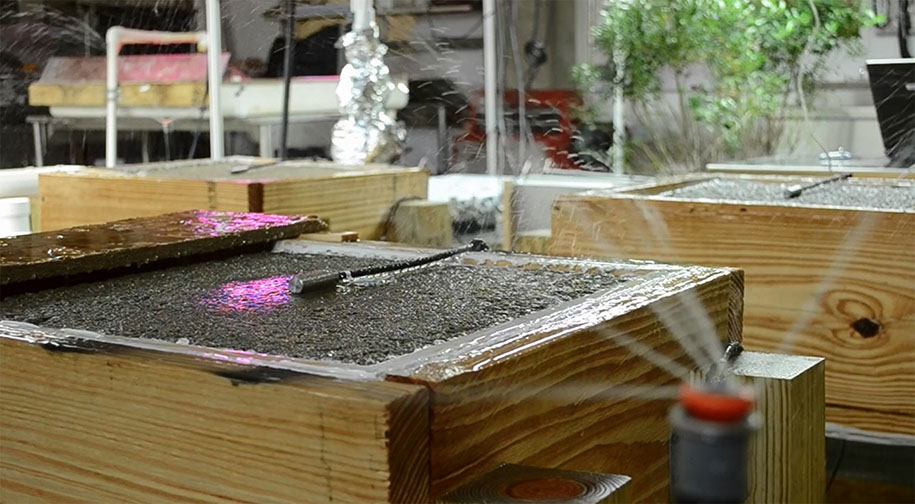
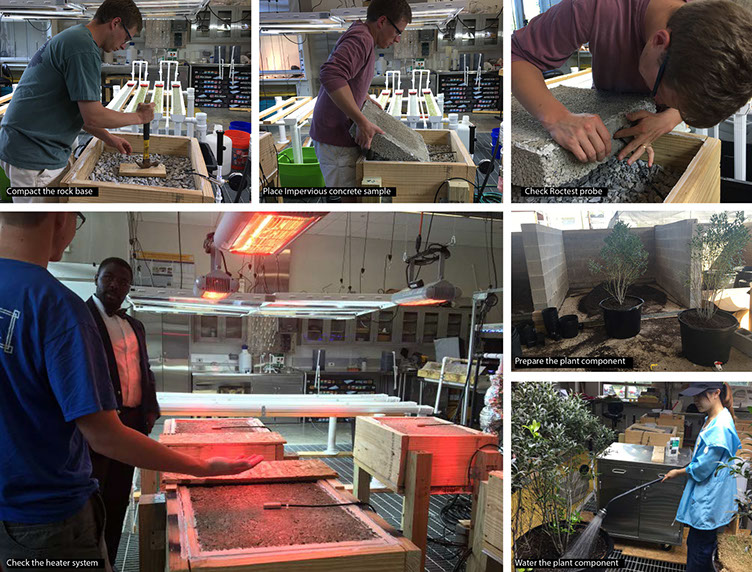
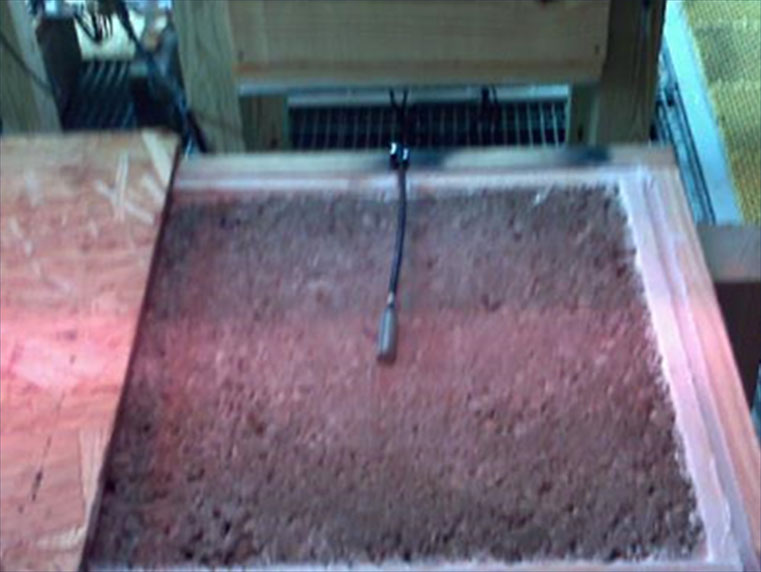
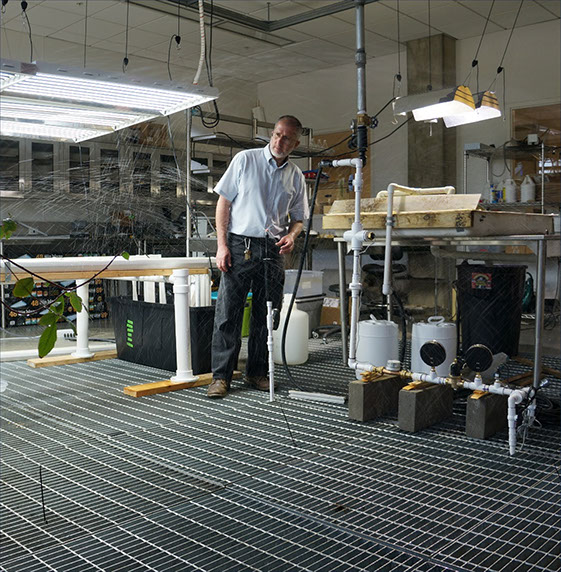
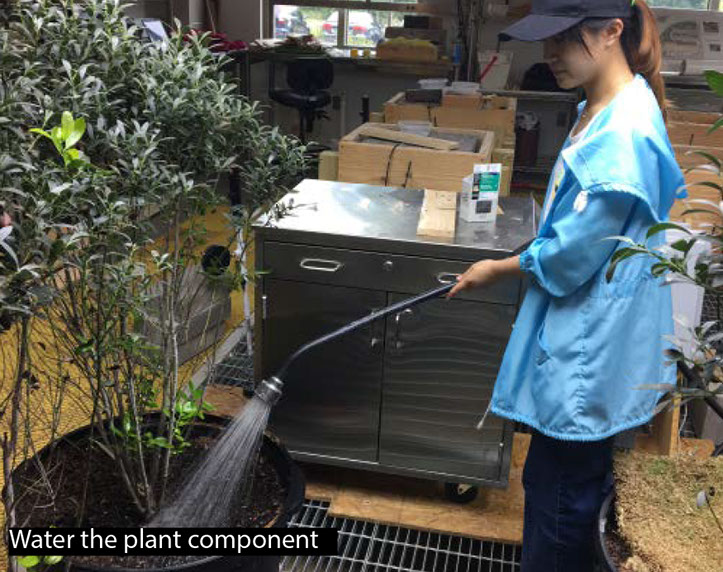
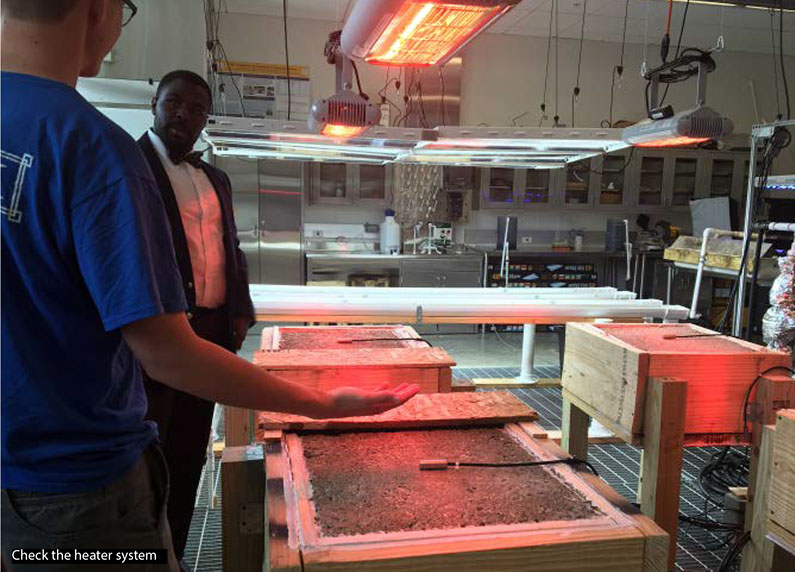
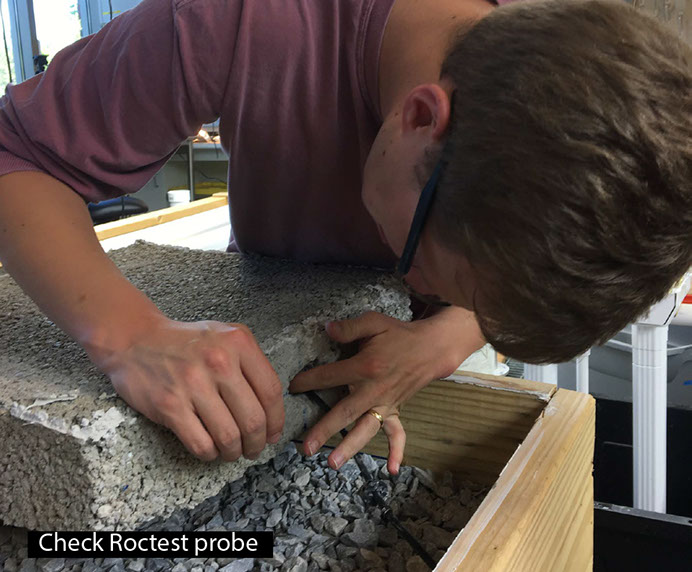
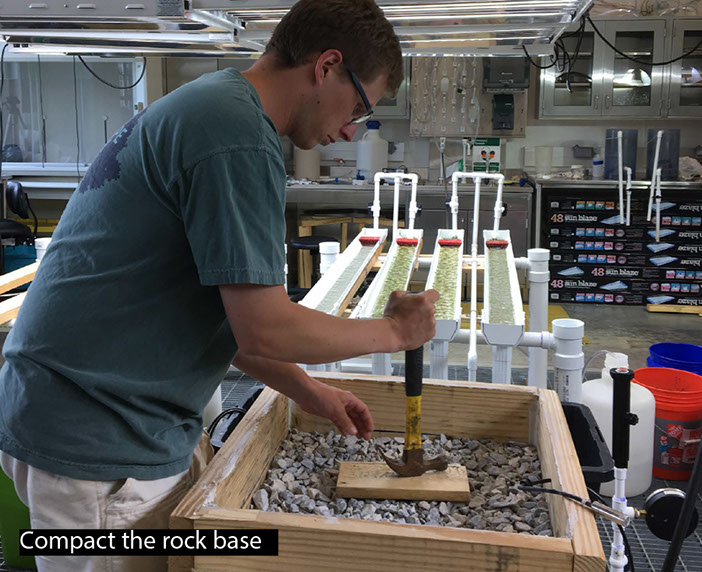
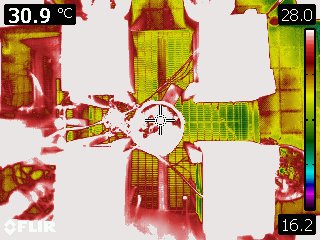
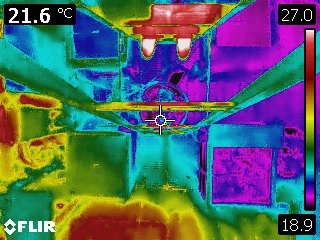
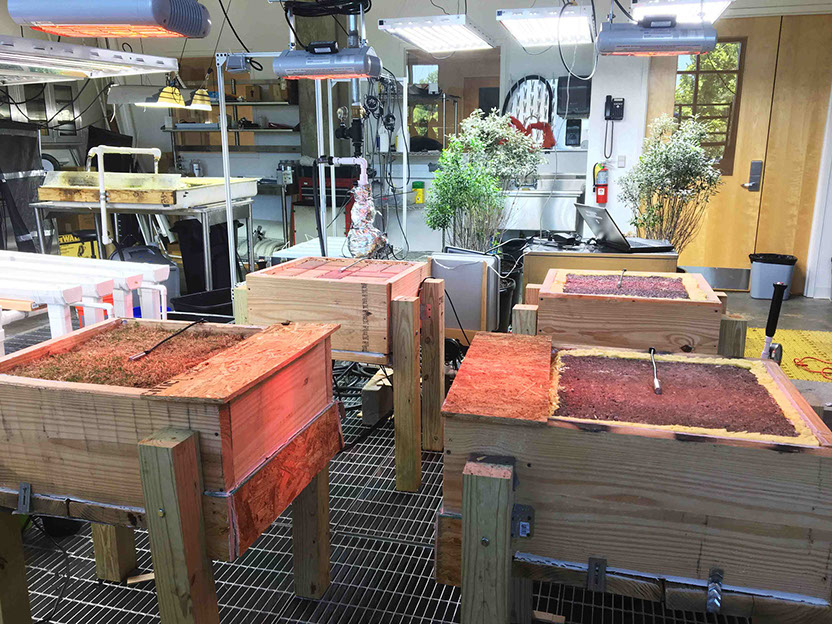
Lorem ipsum dolor sit amet.17
Lorem ipsum dolor sit amet.18
Lorem ipsum dolor sit amet.22
Lorem ipsum dolor sit amet.23
Lorem ipsum dolor sit amet.18
Lorem ipsum dolor sit amet.19
Lorem ipsum dolor sit amet.20
Lorem ipsum dolor sit amet.22
Lorem ipsum dolor sit amet.23
Lorem ipsum dolor sit amet.24
Lorem ipsum dolor sit amet.25
Lorem ipsum dolor sit amet.27
Lorem ipsum dolor sit amet.28
Lorem ipsum dolor sit amet.29
Lorem ipsum dolor sit amet.17
